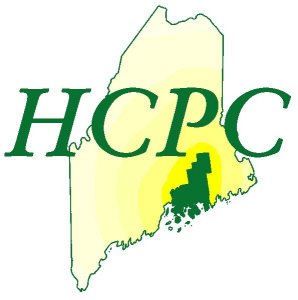Reflections is written by Island Institute Fellows, recent college grads who do community service work on Maine islands and in coastal communities through the Island Institute, publisher of The Working Waterfront.
A comprehensive plan is a town’s 12-year road map. While it holds no enforceable regulatory power, it outlines where a community is, where it wants to go, and how it wants to get there.
Simply put, it guides a town’s growth and change, following the community’s vision.
Staff at the Hancock County Planning Commission engage communities in the comprehensive planning process and encourage residents to envision a future for their towns. What comes of these discussions are goals and strategies which we then weave into the plan itself.

For some communities, these are exciting conversations. We go back and forth about revitalized downtowns bustling with businesses, streets lined with sidewalks and bike lanes, equitable access to water bodies, and affordable housing for anyone who wants to call that community home.
For others, we are met with hesitancy, confusion, and pushback. Change is not embraced by many rural municipalities, and planning for a future anticipated to be different from what it is now is not always readily accepted.
Often, communities are motivated and inspired to write and adopt a comprehensive plan to prevent change, so we find ourselves working with input that discourages innovation, difference, and diversity. Committees, and communities as a whole, can get really hung up on the thought that planning for change means inviting or encouraging it, but that isn’t always the case.
As an outsider in most of these communities, it’s been a balancing act trying to encourage, not impose, innovative ideas…
As a multi-generational Mainer, I believe what makes this state special is that there has been such little change.
I’ve had the opportunity to work with several local historians who share photos of their town and it’s amazing how recognizable places still are. Just a few months ago, I found an old photo of my apartment building in Blue Hill (which, unsurprisingly, looks basically the same!).
During the first year of my fellowship, I’ve worked on ten different comprehensive plans. As an outsider in most of these communities, it’s been a balancing act trying to encourage, not impose, innovative ideas about the ways small municipalities can adapt to growing populations, housing demands, and a changing climate.
I’ve been grappling with my role in this work and how to communicate to people all over the county that change itself is constant, and resisting will not prevent it from entering our lives and our communities.
Our world is changing faster than it ever has. Storms are getting increasingly more severe, local industries that have been the backbone of many rural communities are under threat, and people who have lived here their entire lives struggle to afford a place to live and raise their families.
Planning can feel like a “blue-sky,” unattainable practice at times, but communities are facing real challenges that require people to sit down and have hard conversations about an unpredictable future. Accepting the responsibility of change and choosing the direction in which it is directed is attainable for municipalities of every size.
I’m encouraged that so many communities are choosing to write comprehensive plans. It is not an easy choice to make, as facing the reality of what’s coming isn’t always pleasant, but people are starting to see change as opportunity.
I recently listened to a woman involved in community development work describe hope as a key to change. I’ve been thinking about this and would argue that hope is the key to change. Without hope of a better future, why plan at all?
Alice Cockerham works with the Hancock County Planning Commission helping it assist towns with comprehensive and resilience planning.





